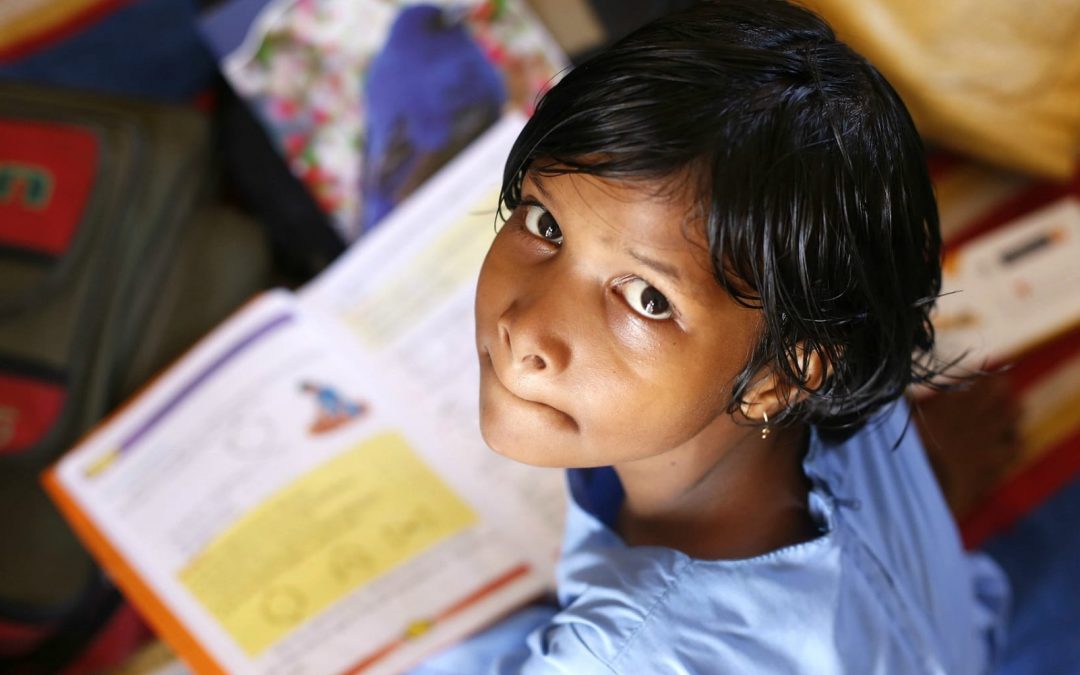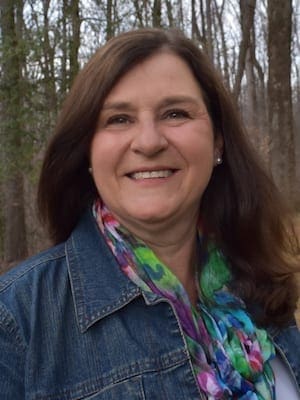“Could you please fill this out for me? I don’t have my glasses.”
Early in my work with Spanish-speaking immigrants, I would request a basic form or information in Spanish to allow the person the dignity of filling it out on his or her own.
The person often looked like a deer in the headlights and asked me to fill it out for them.
And then, I finally understood. The person couldn’t read or write but was too embarrassed to say so.
In the U.S, we pretty much take literacy (and education) for granted. Most states have compulsory education laws requiring students to attend school through age 16, and in some cases, until age 18.
Ninety-nine percent of the adult population (age 15 and above) are able to read and write.
Mexico has compulsory education through 12th grade (age 18) and a literacy rate of nearly 95 percent.
In Guatemala, however, compulsory education is only through sixth grade (age 14), and literacy rates there are the lowest in Central America at approximately 75 percent.
And while education is compulsory, there is little enforcement in either country.
Education may be “free,” but there are challenges, many of which are economic. Students must still buy books, supplies, uniforms, shoes and so on.
And if they don’t live in the immediate community near the school, they need transportation.
Many rural schools in Latin America are made up of multigrade classrooms; there is no school beyond sixth grade except in larger towns.
And for many children, their parents don’t see the need for education; they’re needed to work at home. And besides, education isn’t going to lead to a better job in their communities.
Jaime grew up in rural Mexico. He estimates he may have attended as much as two years of elementary school.
He remembers walking a long way and then quit going. “My dad didn’t see the point,” he explained. “We lived in the country, and he needed us to work.”
Jaime migrated to the U.S, and about 10 years ago, when his fourth son was born, he expressed a desire to learn to read “so one day I can read a book with him – in English.”
He worked hard with a tutor and then worked with his children to learn the basics, beginning with the alphabet and forming basic words in both English and Spanish.
Jaime then began to study for the U.S. naturalization test. He mastered basic writing skills, like writing his name and address and creating simple sentences in English.
He and his wife both passed the test, and he’s now a U.S citizen. (You can see what’s on the test here).
Particularly at risk are those who are female, poor, indigenous and live on the margins of mainstream society.
For indigenous children in Latin America, the schools teach in Spanish, not in their native language, and most teachers are not reflective of their culture.
Some children lose interest in school, while others have few opportunities available to them once they finish primary school.
Claudia, a single mom from Guatemala, grew up in the western highlands of Guatemala and finished sixth grade. But there was no secondary education option available.
Some students moved to a larger town to study, but that was expensive and required leaving home to live with a friend, a relative or in a boarding house.
“Girls didn’t do that in my village,” she said. “They got married, usually by the time they were 14.”
Claudia convinced her parents to allow her to migrate to Mexico for work and later she came to the U.S.
“I wanted more out of my life, and opportunities for better education became more important when my daughter was born.”
Claudia works hard with her daughter, Gris, to help maintain her indigenous language — Acateco, a Mayan language — as well as Spanish.
Gris began first grade in the U.S. and is trilingual. She loves reading and has introduced her mom to the library. They know where to locate books in Spanish and often read together.
Julita was the first of my clients to ever express the need for “glasses” nearly 15 years ago. She was 35, spoke no English and her Spanish was stilted, as it wasn’t her first language.
She didn’t know her birthdate and couldn’t spell her name or give you her address.
She and other indigenous family members left southern Mexico in the late ’90s when their water supply was poisoned in an effort to run them off their land.
While Julita is illiterate, she recognizes the value of education for her children, ages 14 and 16.
In spite of not being able to help with homework or engage well with their teachers, Julita and her husband have sought out enrichment programs and encouraged extracurricular activities for the kids, and today, they’re healthy, well-rounded teens.
Article 26 of the Universal Declaration of Human Rights states that “everyone has the right to education.”
For some, that comes later rather than sooner. For others, educational goals are realized alongside their children.
And for still others, they strive to see their children have every opportunity for the best education possible.
Editor’s note: This article is part of a series for Public Schools Week (March 25-29). Additional resources are available here. The previous articles in the series are:
Public School Proud | 5 Ways They Protect Religious Liberty for All by Jennifer Hawks
Public School Proud | Half-Full Ministry to Your Schools by Suzii Paynter
Public School Proud | Dear Public Schools, Here’s Why I Love You by Trevor Barton
Cooperative Baptist Fellowship field personnel working with LUCHA Ministries in Fredericksburg, Virginia. Sue and her husband, Greg, are also part of CBF’s Advocacy Action Team for Immigrants and Refugees.


